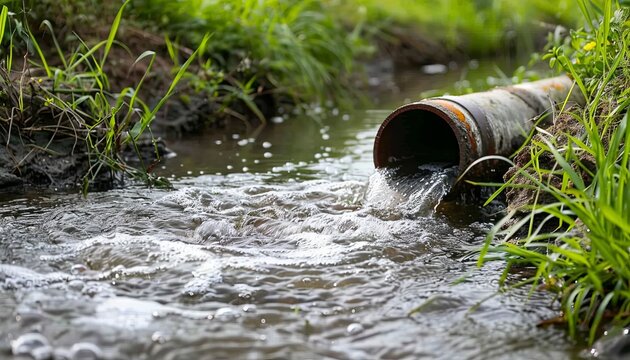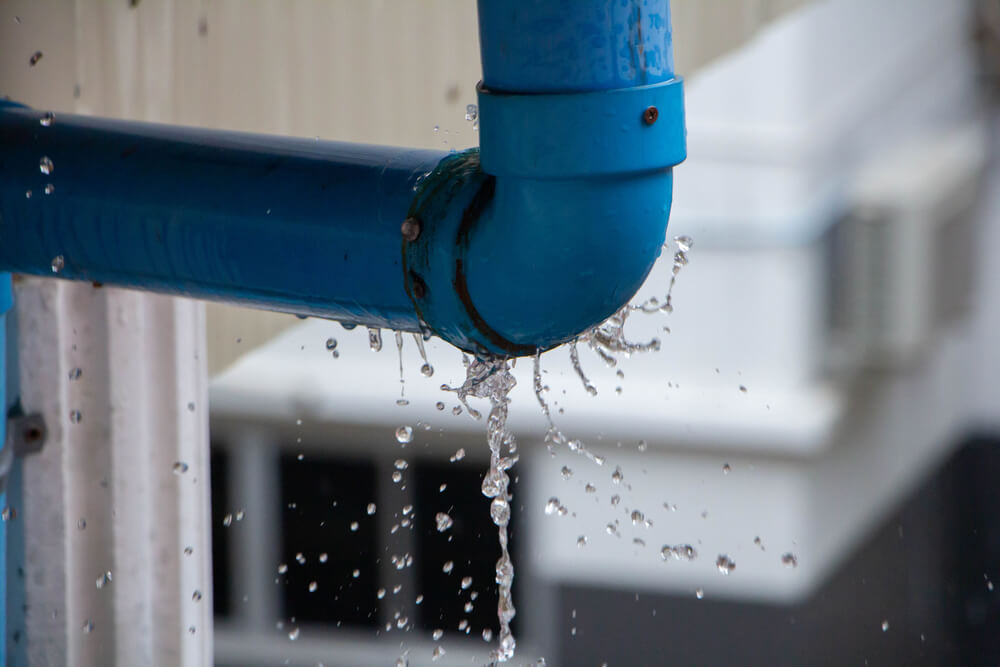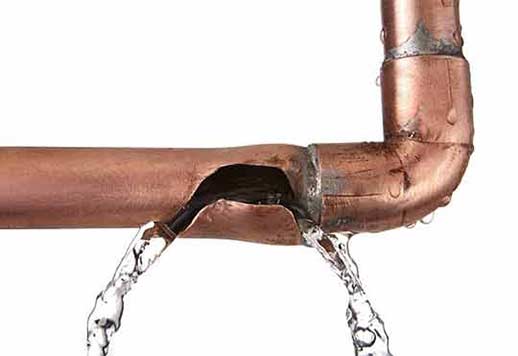Burst Pipe Insurance Claims: What You Need to Know for Water Damage Coverage
Burst Pipe Insurance Claims: What You Need to Know for Water Damage Coverage
Blog Article
Preventing Ruptured Pipes: Important Tips to Safeguard Your Pipes
Stopping burst pipes is a vital issue for homeowners, particularly during cooler months when the threat of cold is increased. Carrying out critical procedures such as appropriate insulation, regular inspections, and maintaining regular indoor temperatures can considerably minimize the probability of pipe failure.
Understand Pipeline Vulnerabilities
Understanding pipe vulnerabilities is important for reliable plumbing maintenance and protecting against pricey damages. Numerous aspects add to the susceptibility of pipelines to bursts, including product composition, age, and environmental conditions. Older pipelines, particularly those made from galvanized steel or polybutylene, frequently weaken with time, resulting in boosted threat of leakages and tears.
Temperature level changes can likewise significantly influence pipe honesty. In chillier climates, water entraped in pipes can ice up, applying and increasing stress on the pipeline wall surfaces, which might ultimately bring about a burst. High water pressure can strain pipes, especially at joints and bends, increasing the chance of failing.

Insulate Pipes Effectively
Appropriate insulation of pipes is essential for stopping freezing and subsequent ruptureds during chilly climate (burst pipe). Insulating your plumbing system efficiently safeguards versus temperature drops that can lead to pricey damage. Begin by identifying susceptible areas where pipes are subjected to outside temperature levels, such as basements, attic rooms, and outside wall surfaces
Use foam pipeline insulation sleeves or cover insulation tape around these locations to provide a protective obstacle. Make sure that all sections of the pipelines, specifically those with limited heat exposure, obtain adequate insulation. Pay unique focus to joints and fittings, as these are more prone to cold.
When shielding, it's necessary to pick materials that fulfill neighborhood building codes and are proper for the specific atmosphere. For circumstances, fiberglass insulation is commonly advised for its thermal resistance homes - burst pipe. Furthermore, take into consideration making use of warm cords or tape in severe problems, which can be connected in to provide supplementary warmth
On a regular basis examine shielded pipelines for any kind of signs of wear or damage, as endangered insulation can diminish its performance. By taking these aggressive actions, you substantially reduce the threat of pipeline ruptureds, making certain a dependable pipes system throughout the winter season.
Maintain Constant Temperature
A steady interior temperature level is crucial for avoiding burst pipes throughout the freezing months. When temperature levels drop, water within pipes can freeze, expanding and creating pressure that might eventually create the pipelines to burst. To alleviate this danger, homeowners must keep a regular temperature throughout their living space, preferably no less than 55 ° F(13 ° C)Utilizing a programmable thermostat can assist handle indoor temperature levels successfully, ensuring that rooms with plumbing continue to be find out here now warm also when your house is unoccupied. Pay unique focus to locations that are more prone to cold, such as attic rooms, garages, and cellars. Keeping cabinet doors open under sinks can additionally enable warmer air from the home to distribute around plumbing.
This minor flow of water can protect against cold by relieving stress within the pipelines. By executing these methods, property owners can dramatically decrease the threat of pipeline bursts and protect their plumbing systems against the severe winter months components.
On A Regular Basis Examine Pipes
Normal assessments of pipes systems are important for protecting against burst pipelines and maintaining overall home stability. Routine checks enable house owners to determine possible issues before they rise into costly repairs or major water damages. Throughout these inspections, it is important to i thought about this take a look at visible pipes for indications of corrosion, leaks, or use. Pay special interest to areas prone to freezing, such as basements, attic rooms, and outside wall surfaces.
In addition, evaluating links and joints is important, as these factors are usually at risk to leaks. Homeowners should likewise examine water pressure levels, as too much pressure can stress the plumbing system and increase the risk of pipe ruptureds.
Take into consideration organizing professional plumbing assessments at least once a year, specifically before winter months, to ensure your system is prepared for cooler temperature levels. By being aggressive in your technique, you can guard your home versus the disruptive and pricey effects of burst pipelines.
Know Emergency Situation Treatments
Understanding emergency treatments is crucial for every house owner, especially after performing regular pipes evaluations. Being gotten ready for a pipes emergency situation can considerably minimize damage and conserve costs. Situate your main water shut-off shutoff; it is normally found near the water meter or where the major line enters your home. Acquaint yourself with its operation, as turning off the water system swiftly can protect against substantial flooding.
Following, keep crucial tools helpful. A pipes emergency package must include a wrench, bettor, and towels, in addition to a flashlight and a container for tiny leaks. Furthermore, think about having the call information for a trusted plumbing readily offered, ought to the situation escalate beyond your control.
If you find a leak or burst pipeline, immediately shut off the water supply and inform your plumbing professional. Additionally, record the damages with photographs for insurance coverage functions. burst pipe. Be aware of the indications of prospective plumbing problems, such as uncommon water stress variations or damp areas on walls
Inevitably, positive understanding and speedy official website activity are vital in taking care of pipes emergency situations, ensuring your home continues to be safeguarded and minimizing potential damages.

Verdict
To conclude, stopping burst pipes necessitates a diverse approach that consists of understanding pipeline vulnerabilities, proper insulation, maintaining regular indoor temperatures, regular examinations, and understanding of emergency procedures. By executing these essential approaches, the threat of plumbing failings can be dramatically decreased, thereby making sure the long life and performance of the plumbing system. Positive actions not just safeguard versus potential damages but also add to total water conservation and the security of residential or commercial property.
In cooler environments, water caught in pipelines can freeze, increasing and applying pressure on the pipe wall surfaces, which might eventually lead to a ruptured. When temperatures drop, water within pipelines can freeze, developing and increasing pressure that might eventually create the pipes to burst. By executing these strategies, homeowners can substantially lower the threat of pipeline bursts and protect their pipes systems versus the extreme winter elements.

Report this page